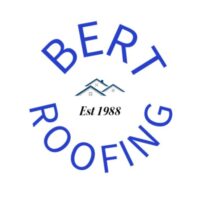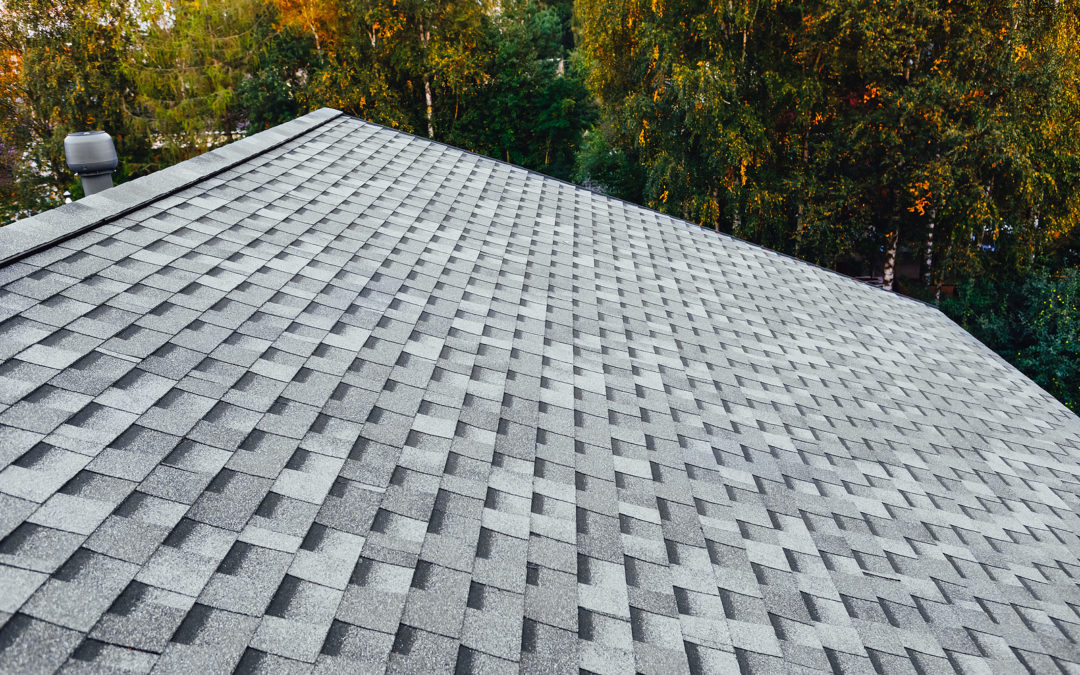Every building needs a new roof. That’s true during initial construction, but eventually, all roofs have to be replaced. No matter the timing, if you need to have a roof installed, you’ll want to know what options are available.
Many commercial buildings have flat roofs, and there are a variety of materials that can be used to cover these buildings. There’s no one material that’s best in every case. It’s important to learn about the different flat roofing options available so that you can choose the best one for your needs. Here’s a rundown of the best flat roofing options.
Flat roofs are more common among commercial buildings, and that’s why there are so many options. We’ll take a minute to go over the best and most popular options so you can see which material is best for a flat roof.
1. PVC Roofing
PVC has long been one of the most popular and reliable materials for flat roofs. It’s incredibly resilient and lasts for decades. It is strong and can handle weather like a champ. And it only needs minimal maintenance. It is fire resistant, wind resistant, puncture resistant, and UV resistant. It’s so good against water that it’s one of the top choices for areas that have ponding. It also comes in a variety of colors.
The downsides to PVC roofing are worth mentioning though. It is not environmentally friendly. It’s made from nonrecyclable, toxic materials. It can also be very difficult to repair or replace when that is necessary. As for price, it isn’t the most expensive, but it’s more expensive than most materials on this list.
2. TPO Roofing
TPO roofing was designed to be a modern replacement for PVC roofing, and it largely lives up to that ideal. It is very durable, requires minimal maintenance, and lasts as long as (if not longer than) PVC. It’s not the very cheapest material, but it is competitively priced. It’s typically white, and as such it reflects UV light very well. This helps to lower cooling costs. Lastly, TPO is a light material, which makes it a great choice for just about any building.
On the downside, TPO roofing is new and that comes with some consequences. It can be harder to find contractors who work with TPO, and manufacturers have not standardized everything regarding TPO, so you get some variability in performance. TPO is particularly difficult to repair because it requires heat welding, and it is not fireproof.
3. Built-Up Roofing
Built-up roofing uses multiple layers to add strength and reliability to a roof. If you’ve ever seen a roof that looked like it had gravel on the top, that’s a built-up roof. It’s probably the very best roofing material for foot traffic. It’s incredibly strong from its layers, and the top layer minimizes slipping risks. Built-up roofing is as fire resistant as materials get. It has a good life span — as each layer adds longevity — and it seals extremely well. Hail and debris damage are almost meaningless.
There are a few cons with this roofing type. First, it’s extremely heavy. Many structures cannot hold the weight of a built-up roof. It also takes much longer to install than any other roof on the list, and that can increase installation costs. Lastly, it can be very difficult to find leaks in a built-up roof, which makes repairs challenging.
4. Modified Bitumen Roofing
Modified bitumen roofing is essentially a single-ply asphalt system. It looks more like traditional shingles. Because of the asphalt style, it can take different colors and aesthetics, making it one of the prettier materials for flat roofs. It’s easy to install, has a low material cost, and generally saves money up front. It also doesn’t have seams, which makes it less prone to developing leaks.
All of that said, modified bitumen is something of a cheap choice. It doesn’t last as long as other materials, and it doesn’t stand up to abuse as well.
5. EPDM
EPDM is a rubber roofing material. It’s competitive as one of the best materials because of its performance. It can last up to 50 years, and it is easy to install. That can save on installation costs, which can offset some of the material costs. It’s also an affordable material that is easy to maintain and repair. It’s one of the very best choices for roofs prone to ponding.
On the downside, EPDM roofing seams can become weak points that need regular repair. It’s also typically a black material which is terrible for cooling costs and isn’t exactly pretty.
So which of these is the best? It really depends on what you need. The vast majority of flat roofs will be best served by one of these roofing materials. There’s a right choice for every situation. But if you want to be sure that you’ve made the optimal choice for your roof, contact Bert Roofing Inc. We work with all of these materials and more, and we install flat roofs throughout Dallas/Fort Worth. We can discuss the details with you, and you’ll be sure to get the right roof for what you need.

